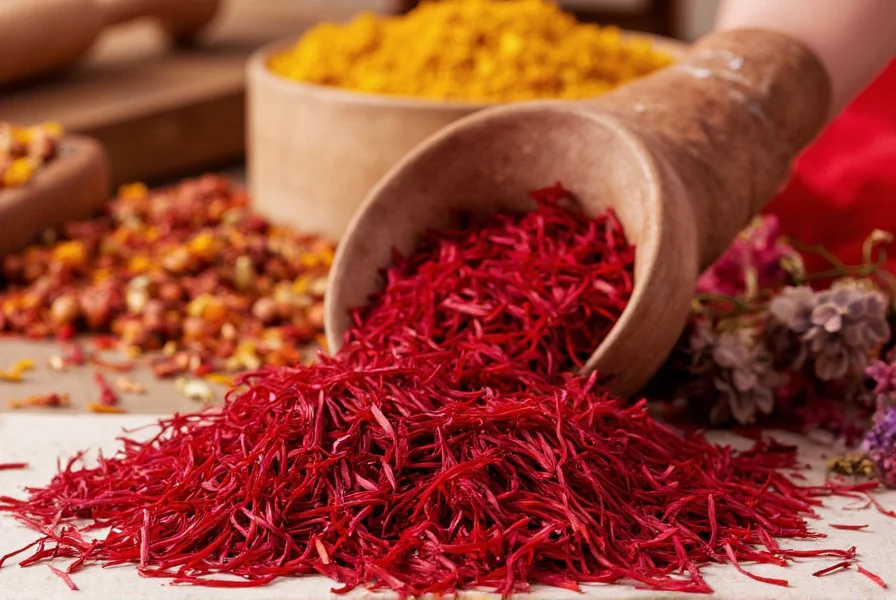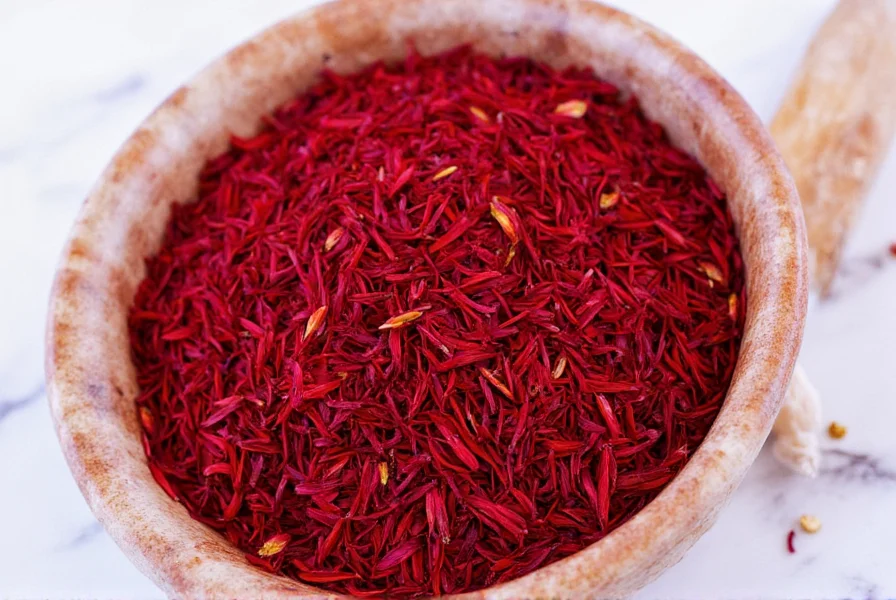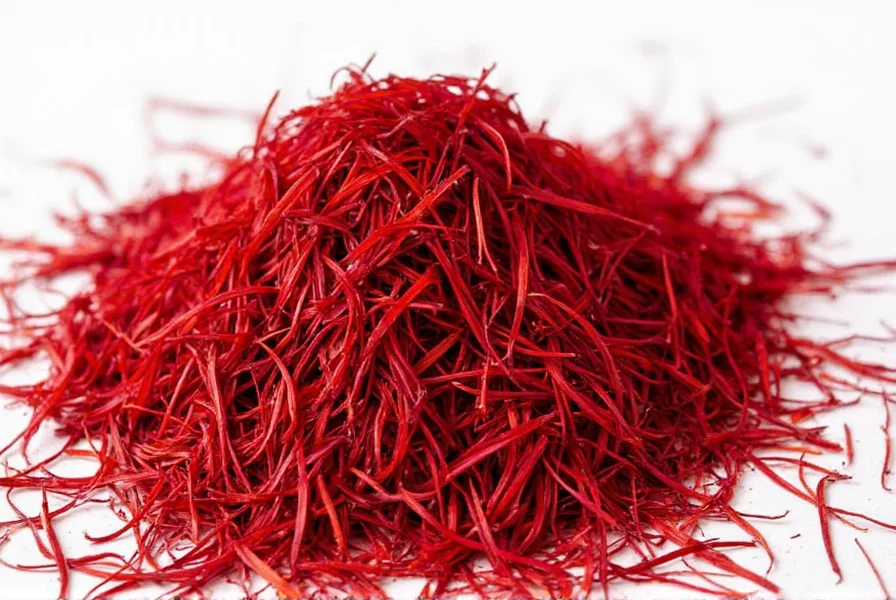Saffron's extraordinary value stems from its unique flavor profile, vibrant golden hue, and historical significance across multiple cultures. This precious spice contains over 150 aroma compounds and carotenoids, with crocin being primarily responsible for its distinctive coloring properties. Unlike common misspellings like "safron," the correct term "saffron" originates from the Arabic word "za'faran," meaning yellow.
Understanding Saffron's Botanical Origins
Crocus sativus, the saffron crocus, is a sterile triploid that cannot reproduce naturally and must be propagated manually. This autumn-blooming flower produces its precious stigmas during a narrow three-week harvesting window each year, typically in October and November. The delicate nature of the stigmas requires immediate harvesting at dawn when flowers first open, as they quickly wilt in sunlight.

The Economics of Saffron Production
Iran currently dominates global saffron production, accounting for over 90% of worldwide supply. Other significant producers include Spain, India (particularly Kashmir), Greece, and Morocco. The painstaking harvesting process involves:
| Production Stage | Time Required | Human Labor Involved |
|---|---|---|
| Flower harvesting | 15-20 seconds per flower | Entire workforce at dawn |
| Stigma extraction | 30-45 seconds per flower | Skilled workers indoors |
| Drying process | 12-24 hours | Controlled environment |
Culinary Applications of Premium Saffron
Professional chefs and home cooks use saffron to elevate dishes with its distinctive aroma and color. When properly prepared, high-quality saffron threads release their full flavor potential. The best method involves steeping threads in warm liquid (water, broth, or milk) for 15-20 minutes before adding to recipes. This technique maximizes the extraction of crocin and safranal compounds.
Authentic Spanish paella, Persian tahdig, and Indian biryani all rely on genuine saffron for their signature characteristics. Many traditional recipes specify 'Kashmiri Mongra' or 'Spanish La Mancha' saffron, representing two of the highest quality classifications available. Understanding how to identify real saffron versus common substitutes like safflower or turmeric is essential for culinary authenticity.
Health Benefits Supported by Scientific Research
Modern studies validate many traditional medicinal uses of saffron. Research published in Phytotherapy Research indicates saffron's active compounds may support mood regulation through serotonin modulation. Clinical trials suggest potential benefits for mild to moderate depression when consuming 30mg of saffron extract daily.
Additional evidence points to saffron's antioxidant properties, with crocin demonstrating protective effects against oxidative stress. Traditional Persian medicine has utilized saffron for centuries to address respiratory conditions, digestive issues, and as an aphrodisiac. However, culinary quantities provide minimal therapeutic benefit compared to concentrated extracts used in clinical settings.
Identifying Authentic Saffron Threads
Distinguishing genuine saffron from inferior substitutes requires careful examination. Pure saffron threads should exhibit:
- Vibrant red color with orange tips (never uniformly red)
- Distinctive trumpet shape at the stigma end
- Strong hay-like aroma with subtle metallic notes
- Slow release of golden-yellow color in warm water (not immediate)
Common adulterants include safflower petals, turmeric powder, and dyed corn silk. The ISO 3632 standard provides objective measurements for saffron quality based on crocin (coloring strength), picrocrocin (taste), and safranal (aroma) content. Grade I saffron must achieve minimum absorbance values of 190 for crocin, indicating superior coloring power.
Proper Storage and Usage Techniques
To preserve saffron's delicate compounds, store threads in an airtight container away from light, heat, and moisture. Whole threads maintain potency significantly longer than powdered saffron. For optimal flavor extraction:
- Crush threads gently between fingers before use
- Soak in warm liquid (not hot) for 15-20 minutes
- Add both threads and soaking liquid to your dish
- Use sparingly - a pinch (about 20 threads) suffices for most recipes

Common Misconceptions About Saffron
Several myths persist about this valuable spice. Contrary to popular belief, saffron does not cause hallucinations at culinary doses. While extremely high doses (over 5 grams) may produce adverse effects, typical recipe amounts (0.03-0.1 grams) pose no risk. Another misconception suggests all saffron should be bright red; in reality, the highest quality threads show color gradation from deep red to orange.
Many consumers mistakenly believe Spanish saffron is superior to Iranian varieties, though both can achieve premium quality. The critical factor is adherence to ISO 3632 standards rather than country of origin. Understanding these distinctions helps consumers make informed purchasing decisions when selecting saffron for culinary or potential wellness applications.
Conclusion
Saffron's unique combination of flavor, color, and historical significance makes it a prized ingredient across global cuisines. Understanding its proper identification, usage, and storage helps consumers maximize the value of this precious spice. While often misspelled as 'safron,' the correct term 'saffron' represents one of humanity's oldest and most valuable agricultural products, with quality determined by careful harvesting and processing rather than country of origin. Whether used in traditional recipes or for potential wellness applications, authentic saffron remains a culinary treasure worth understanding and appreciating.











 浙公网安备
33010002000092号
浙公网安备
33010002000092号 浙B2-20120091-4
浙B2-20120091-4